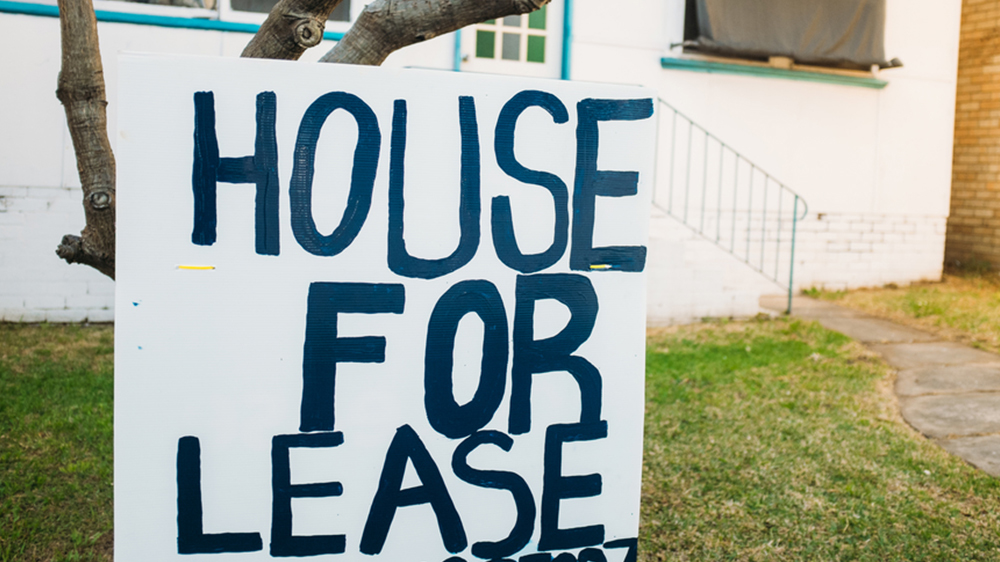Using a standard lease agreement saves you time, but it’s important to customize it to your specific needs as a landlord — if, for instance, you don’t want cats scratching up the hardwood floors in your Portland, OR, apartment, you need to outline in the agreement that cats are strictly forbidden. That said, the best way to customize a lease is tweaking a standard lease to fit your property specifics. EZLandlord Forms and US Lease Agreements are two great places to start your search for a lease that will meet your (and your state’s) needs.
Once you’ve got your preferred lease including standard items like security deposits, utilities, and tenant conduct, think about adding these five items to personalize your rental lease agreement.
1. Pets
Does your future tenant want to bring their furry friend with them? Make sure you’re crystal clear on this policy. Set some ground rules for tenants with pets — are small dogs OK, but large dogs are not? Designate a monthly or yearly fee per pet and fines that a tenant could incur from damage or disruption. Don’t forget to set a maximum number of pets on the rental lease agreement — to avoid having someone move in with a zoo in tow.
2. Amenities
If your property has extra amenities such as a pool or fitness center, keep in mind the rules you want to establish to prevent damages or misuse. What are the hours? If something is damaged in a shared space, what is the fine? Are there rules about noise and alcohol use? These questions should be clearly answered on your rental lease agreement.
3. Lost keys
Does each tenant receive one key or multiple keys? If your tenant loses a key, is there a fee to replace it? Can the tenant make copies of the key? These may seem like unnecessary questions, but you’ll be glad you spelled it out clearly in the rental lease agreement. For that matter, anything that could have an associated fine with it should be mentioned upfront in the lease to avoid confusion or backlash later on.
4. Lease renewal
If your tenant is moving out after the lease period is up, it’s important that they let you know in advance. Make sure you indicate how far in advance the tenant must notify you, and also determine whether the lease automatically renews if you do not hear from them. And perhaps most important, what happens if they need or want to break the lease?
5. Late Payments
Choose a day of each month that is the designated “late day” and mark it clearly on the rental lease agreement — the fifth day of the month is pretty standard. If tenants pay their rent past the late day, they will need to tack on an established fee. Indicate the payment options available for the tenant such as checks, bill pay, or an online payment service. The tenant should never have to ask, “How do I pay my rent?” because it is clearly answered within the lease.


